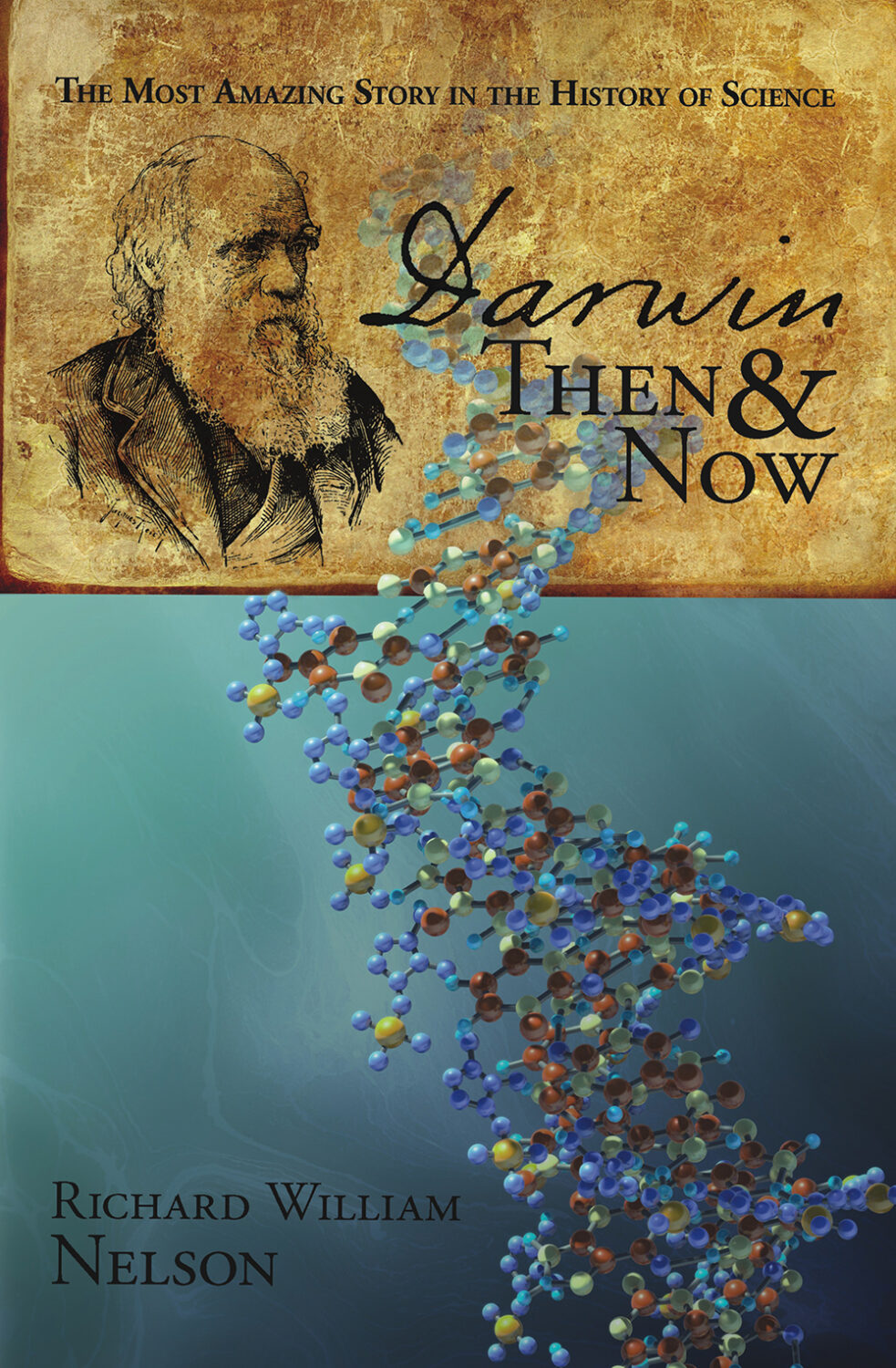by Richard William Nelson | Jan 25, 2020
 “We humans have many vestigial features proving that we evolved,” argues Jerry A. Coyne, Ph.D. (pictured left), biology professor at the University of Chicago. Coyne is the author of the book Why Evolution is True. Vestiges are biological features thought to be evolution relics. Scientific evidence, however, is critical; are evolution vestiges fact, or fiction?
“We humans have many vestigial features proving that we evolved,” argues Jerry A. Coyne, Ph.D. (pictured left), biology professor at the University of Chicago. Coyne is the author of the book Why Evolution is True. Vestiges are biological features thought to be evolution relics. Scientific evidence, however, is critical; are evolution vestiges fact, or fiction?
Aristotle (384–322 BC) originated the vestiges theory. Even though WIKIPEDIA considers the theory as “controversial and not without dispute,” the carte blanche use of vestiges continues as supporting evidence for the popular “evolution is true” argument.
Recent advances in biotechnology, however, are challenging the scientific validity of the evolution vestiges theory.
Continue Reading
by Richard William Nelson | Sep 18, 2014
 New high-resolution CT scans of the Taung Child skull (pictured left) by an international research team led by Ralph L. Holloway of Columbia University in New York raise renewed questions about the institute’s inane Smithsonian evolution storytelling practices.
New high-resolution CT scans of the Taung Child skull (pictured left) by an international research team led by Ralph L. Holloway of Columbia University in New York raise renewed questions about the institute’s inane Smithsonian evolution storytelling practices.
Discovered in 1924 in South Africa, models of the skull have been duplicated for natural history museums worldwide, including the Smithsonian, as evidence of human evolution. Found near Taung, South Africa, the lynchpin skull was tagged with the common name of Taung Child because of the fossil’s estimated age of 3 years. It was later named Australopithecus africanus, meaning the “southern ape from Africa.” However, Hollow’s new high-resolution CT scan images undermine the long-held pre-Homo fossil status of the skull.
Continue Reading
by Richard William Nelson | Oct 24, 2013
 For more than two decades, international teams of paleoanthropologists have been discovering human-like fossils from a medieval archaeological site in the former Soviet Republic of Georgia known as Dmanisi.
For more than two decades, international teams of paleoanthropologists have been discovering human-like fossils from a medieval archaeological site in the former Soviet Republic of Georgia known as Dmanisi.
A new human Georgian skull further fuels the dilemma. In 1991, David Lordkipanidze of the Georgian National Museum in Tbilisi discovered the first four human-like fossils.
Increased archaeological interest in this Georgian site began in 1936 following the discovery of ancient and medieval artifacts.
Continue Reading
by Richard William Nelson | Jun 14, 2013
 Charles Darwin started the debate over where humans originated. In the 19th century, most evolution scientists believed that humans originated in Asia — a theory known as the Out-of-Asia model. In the 6th Edition of The Origin of Species (1872), while Darwin mentions “humans” ten times, he never discusses the origin of humans.
Charles Darwin started the debate over where humans originated. In the 19th century, most evolution scientists believed that humans originated in Asia — a theory known as the Out-of-Asia model. In the 6th Edition of The Origin of Species (1872), while Darwin mentions “humans” ten times, he never discusses the origin of humans.
Darwin studied African apes for the 1st Edition of The Descent of Man (1871). In the section entitled “On the Birthplace and Antiquity of Man,” Darwin argued –
“It is somewhat more probable that our early progenitors lived on the African continent than elsewhere.”
Darwin started the Out-of-Africa vs. Out-of-Asia dilemma.
Continue Reading
by Richard William Nelson | Sep 5, 2012
 Exploring human evolution via DNA was essential for twentieth-century evolution scientists. Charles Darwin, however, in The Origin of Species, never used the terms genetics, genetic, and genes until 1872, following the publication of the pea plant inheritance report of Gregor Mendel in 1866.
Exploring human evolution via DNA was essential for twentieth-century evolution scientists. Charles Darwin, however, in The Origin of Species, never used the terms genetics, genetic, and genes until 1872, following the publication of the pea plant inheritance report of Gregor Mendel in 1866.
In his sixth edition, Darwin used the term “genetic” twice, but only to express a genealogical idea, not as a molecular term. In the words of American evolutionary biologist Richard Lewontin,
“Darwin knew nothing about genes.”
Continue Reading
 “We humans have many vestigial features proving that we evolved,” argues Jerry A. Coyne, Ph.D. (pictured left), biology professor at the University of Chicago. Coyne is the author of the book Why Evolution is True. Vestiges are biological features thought to be evolution relics. Scientific evidence, however, is critical; are evolution vestiges fact, or fiction?
“We humans have many vestigial features proving that we evolved,” argues Jerry A. Coyne, Ph.D. (pictured left), biology professor at the University of Chicago. Coyne is the author of the book Why Evolution is True. Vestiges are biological features thought to be evolution relics. Scientific evidence, however, is critical; are evolution vestiges fact, or fiction?


 Charles Darwin started the debate over where humans originated. In the 19th century, most evolution scientists believed that humans originated in Asia — a theory known as the
Charles Darwin started the debate over where humans originated. In the 19th century, most evolution scientists believed that humans originated in Asia — a theory known as the  Exploring human evolution via DNA was essential for twentieth-century evolution scientists.
Exploring human evolution via DNA was essential for twentieth-century evolution scientists. 